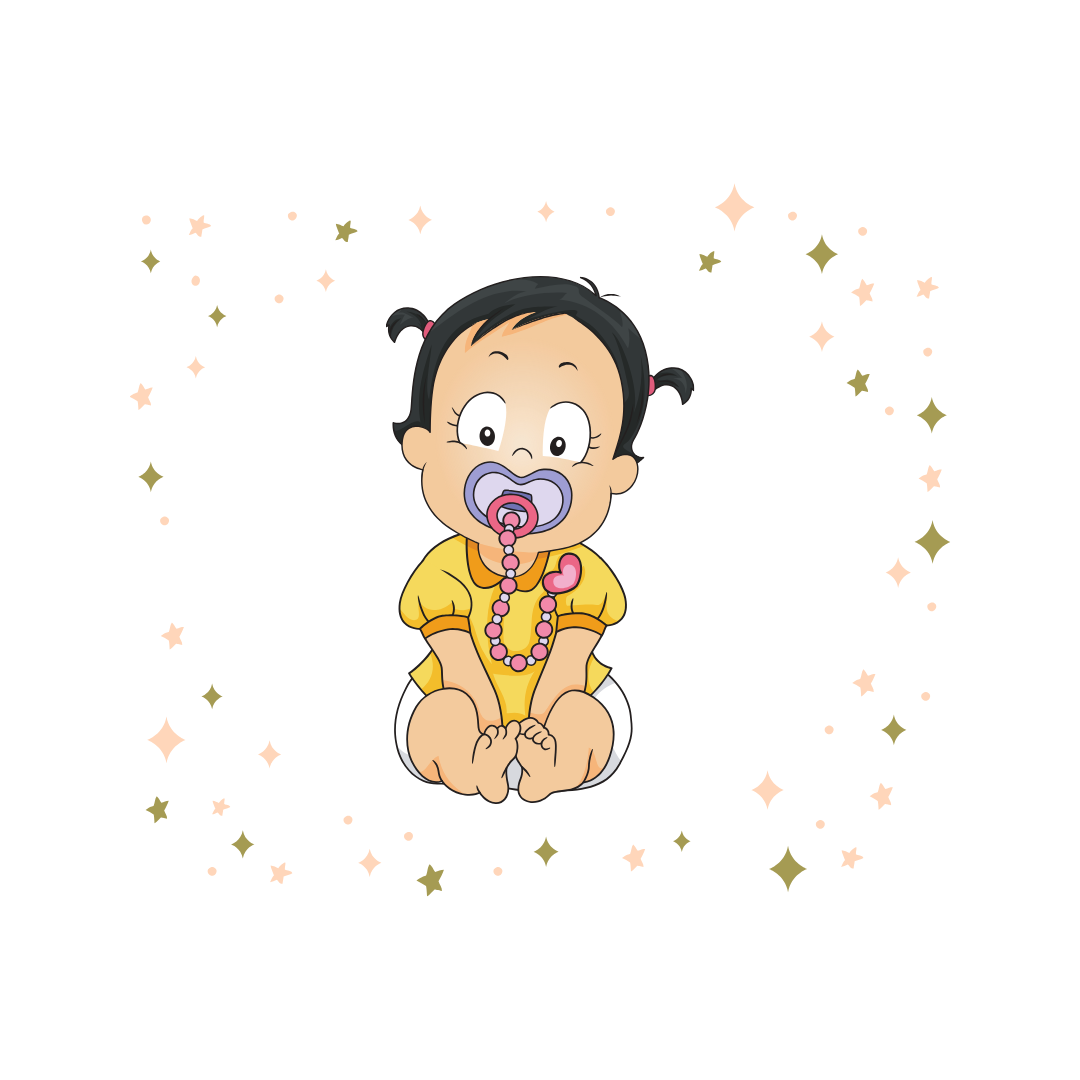Bye-bye binky! My recommended pacifier-weaning plan
Ahhh the dreaded question - how do I get rid of my child’s binky? I get asked this question multiple times per week from parents of toddlers I work with and it always comes with a sort of apprehension….
“Where do I start?”
“How will I get him to fall asleep without it?”
“But he SCREAMS bloody murder when I take it away from him!”
If this is you, you’re not alone. Most parents are suuuuper nervous about taking away their child’s pacifier. But I’m here to tell you - it’s usually fairly easy!
The American Academy of Pediatrics recommends starting to wean at 6-12 months, but it’s okay if you’re past that point — the American Academy of Pediatric Dentistry recommends weaning a child completely by 3 years to avoid irreversible dental effects, so you still have plenty of time if you have a toddler on your hands. Parents I work with have found the most success the early-to-late two’s “sweet spot”.
The most important thing to note, however, is HOW you go about it. There are definitely ways to “trick” your child into getting rid of their pacifier - “pretend” you lost it, throw it in the trash, pretend to leave it somewhere, etc. - but I prefer this tried and true method outlined below.
*One thing to note: before you decide to get rid of it completely, try transitioning it to crib-time only. Do this for a few weeks, and then follow these steps to wean it once and for all…
HOW TO SAY “BYE-BYE BINKY” FOR GOOD:
1. Prep yourself
Decide on a date you want it to be gone completely and work backwards from there.
2. Prep your child
Mark the “Bye-Bye Binky” date on your calendar so your child can SEE it. A few weeks out from that date, begin to read books and watch videos about getting rid of a pacifier. Here are some of my favorites:
“Goodbye, Paci!” Book by Lovevery
3. Make it a celebration
On the designated day, have a big celebration! Let your child physically say bye-bye to their binky during the celebration. Some ideas:
Put all of your child’s pacifiers in an envelope and leave them out for the mailman
Put them in a box and have the “Paci Fairy” come and take them away overnight
Tie them to a balloon and let them flow away (not the most environmentally-friendly option…)
4. Soothe
If your child is upset later that night or the next day, follow these steps:
Acknowledge the feeling, e.g. “You’re sad you don’t have your Paci tonight”
Neutrally hold the boundary, e.g. “We said bye-bye to binky earlier today, remember? The mailman took them away. It was so much fun!”
Give a “You Can” statement", e.g. “You can hold your stuffed animal instead to help you feel better.”
YOU DID IT! You may see a couple days of interrupted sleep or increase in tantrums while your child learns other ways to soothe (which you should help them through), but most children rebound very quickly. In fact, it’s typically the parent who is more anxious and stressed about the transition than the child! (A poll I did a few weeks back had 91% of you saying the transition was actually very easy.)
I hope this was helpful as you prepare to say good-bye to your child’s pacifier. If you have any questions, comment below and I will help!
Looking to add more age-appropriate structure to your child’s day? Download my FREE Routines 101 Starter Guide to get started!

